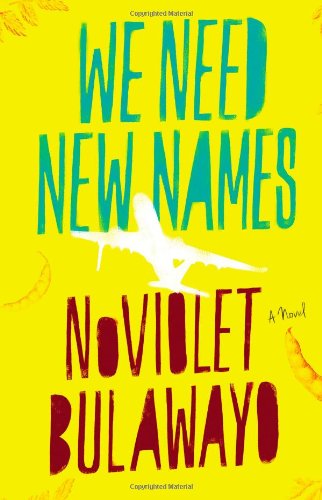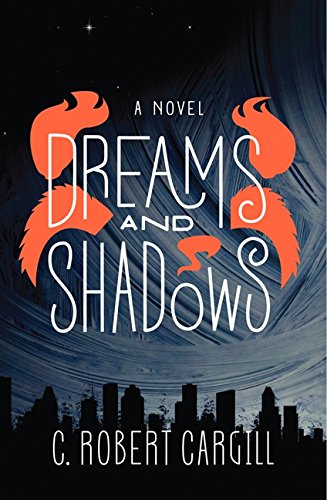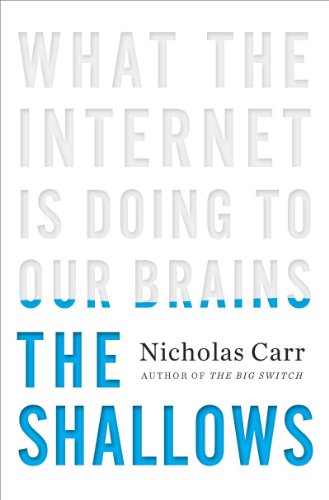
Oz Reimagined is a great collection of short stories on the topic of, of course, Oz. There are 15 stories collected from notable writers in science fiction and fantasy, all accompanied by a cool illustration. What I particularly enjoyed about this anthology was that the stories were so diverse. If you enjoy Oz, or re-tellings, or fantasy in general, you should give Oz Reimagined a try (and if you don’t want to commit to all the stories, you can buy them individually on Amazon).
The stories in this collection were all inspired by the original written canon of Oz books (not the movies or subsequent adaptations), so you find characters like Jack (who has a pumpkin head) and Ozma (child queen and erstwhile boy, Tip). Some of the stories deal with Dorothy and her life after her original visit to Oz. Sometimes she is an Ambassador (which is a much less dry story than it sounds), sometimes she returns as an adult. Some of the stories focus on the Wizard and some of them don’t feature Dorothy or Oz the Great and Powerful at all, instead focusing on the people of Oz.
Many of the stories take a darker turn, which I suppose is to be expected when you ask authors to work off a story that is pretty solidly for children. One of the more cynical stories that particularly resonated with me was about Oz’s reality television show Wish. The show was orchestrated by Oz’s witches and the story is told from the perspective of a jeweler. Wish turns out to be the social event of the season and it is revealed that it is actually part of a plan to orchestrate a coup against the Wizard. Another story that hints at the, perhaps, surveillance-state nature of Oz is about a munchkin who works as a window washer in the Emerald City. One of his buddies dies on the job, despite all the safety measures that are in place. When he comments to some friends saying that something about the whole situation seems “off,” a flying monkey he works with brings up the fact that the friend had been working to unionize them.
One of the other stories that I thought was totally unexpected was one called “The Veiled Shanghai.” In this story, Dorothy is a fourteen-year-old Chinese girl (Dorothy is her English school name and she lives on Kansu Road) who unwittingly facilitates the May Fourth movement via her actions in the Veiled Shanghai—a place where carrots are magically sweet and that is ruled by a wicket warlord. What I liked about this story was that it used the Oz mythos to describe real events. The story ascribed a magical impetus for the May Fourth movement. I have to admit that this movement is not something I know much (ahem, anything) about, but I like the concept of using stories like this to explain history.
This collection is full of cool stories, but I don’t want to spoil them all. There is a riff on One Flew over the Cuckoo’s Nest, a cyberpunk version of Dorothy and Oz, a story about a Zeppelin, and one about a young L. Frank Baum meeting the girl who would show him the Kingdom of the Air (which inspired the Oz stories, of course). There were a lot of stories; I enjoyed all of them. They all offered fresh takes on the Oz mythos without overlapping. I think some of the reason for this is that the source material is so vast. The other part of this is that there are so many ways to interpret an older version of Dorothy or to characterized the other denizens of Oz (and there are a lot of them).
I was giving some thought to why the dystopian views of Oz appeal to me so much. I don’t know if it’s simply that our era is so jaded and cynical (is that too much of a generalization?) or if it’s that the original Oz is so squeaky clean that it’s impossible, from a writer’s perspective, to avoid corrupting it in some way. But I think the Oz story was ripe for reconsideration. The way that Oz’s society is set up naturally lends itself (if I may be so presumptuous) to dystopian interpretations: four cultures who all live in their own isolated areas of the country, an autocratic ruler who doesn’t let anyone see him, a capital city that literally shines (seriously, nothing is that clean on its own). And if you think about the movie, you have that road and no one else is travelling on it. What are the people of Oz doing all day? Obviously not traveling. Perhaps, like so many police states, travel is strictly regulated. Okay, I will stop with this line of thinking because I am clearly talking myself into a story of my own!
I’ll end with some book recommendations. I hadn’t heard of a lot of the authors featured in this collection, but at least half of the stories made me want to look them up to see what else they had written. Here are some book selections if you’re looking for something to read after you’ve made it through Oz Reimagined. Oh, and I won’t bother recommending the original Oz stories or Wicked because come on, you can find that in two seconds of Googling.
- Rosemary and Rue (October Daye, Book one) by Seanan McGuire has the kind of cover that generally signals something I don’t want to read, but I really liked her story in Oz Reimagined, so I guess I will have to take that advice about not judging books by their covers. This book is billed as urban fantasy and its main character is a half-human, half-fae changeling. So, what could possibly go wrong?
- David Farland is the author of a cool cyberpunk story that made it into Oz Reimagined, but it looks like his books are fairly fantasy-based (although he has a lot of books and I can’t promise that I’ve comprehensively gone through them). The Lair of Bones is book one of his Runelords series, and it sounds like some pretty good fantasy.
- This recommendation isn’t actually out yet, but it sounds super good and it’s from the author of the Oz has a reality show story. How the World Became Quiet: Myths of the Past Present, and Future by Rachel Swirsky sounds like it is going to be a great read.






